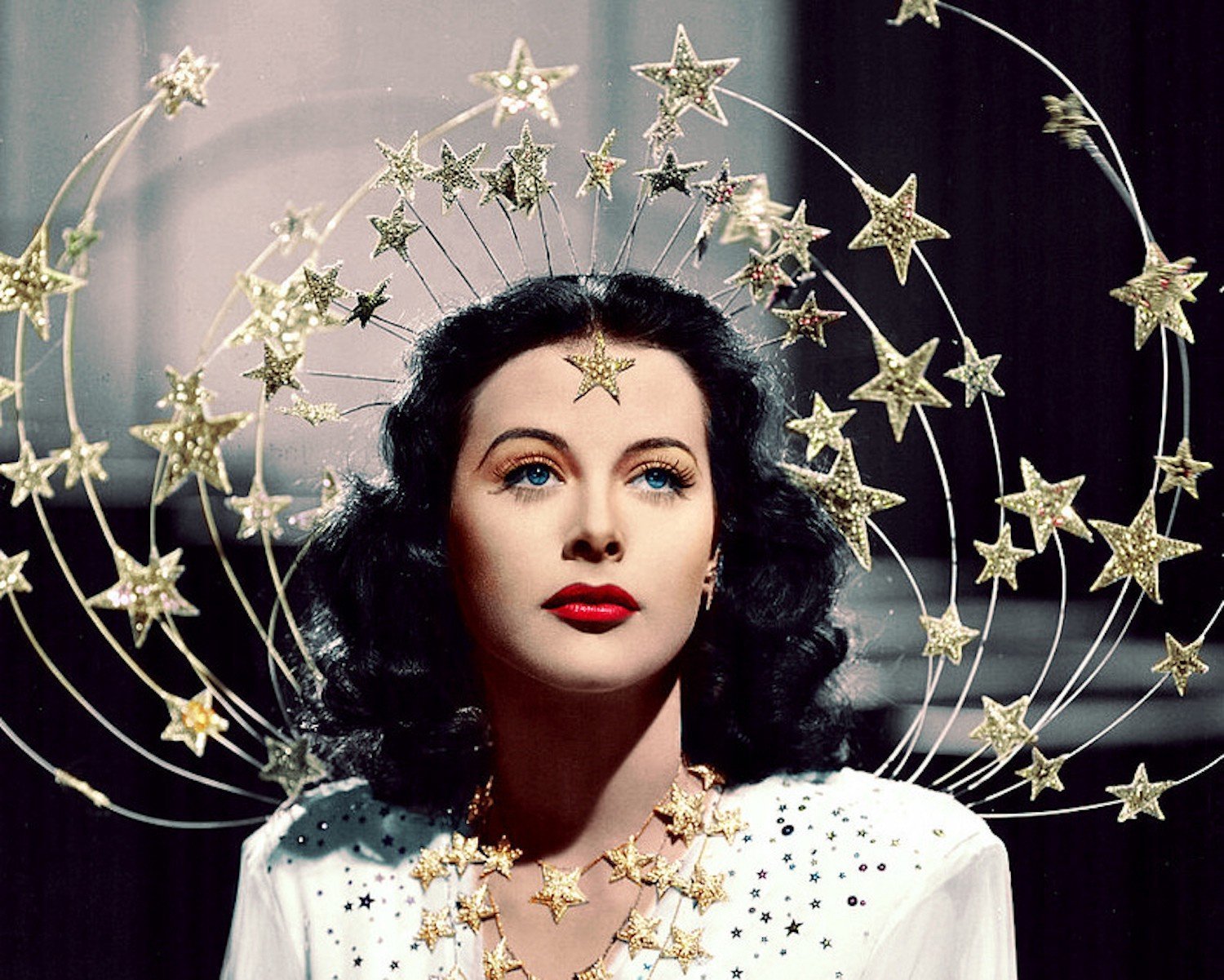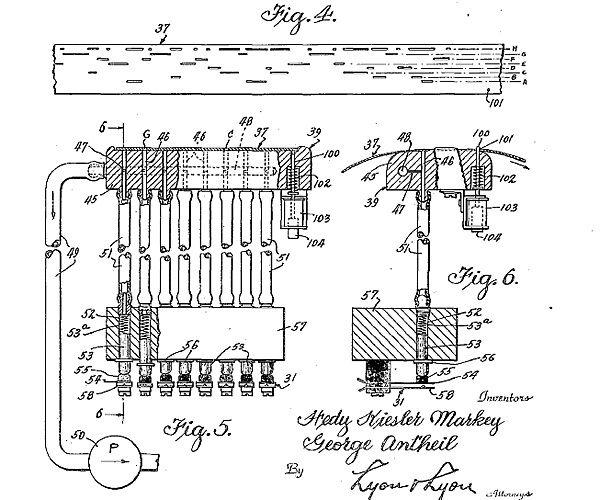Hedy Lamarr is often remembered as one of Hollywood’s most iconic stars, however, there is so much more to remember about her.

When in 1938, audiences saw an unknown Hedy Lamarr approaching Charles Boyer in the faux streets of Algiers, nobody knew who she was nor the legacy she would leave in Hollywood and in the history of telecommunications.
Algiers was the first time America saw Hedy Lamarr on screen, however, Europe had already seen her under the name (her birth name) of Hedy Kiesler.
Hedy was born on November 9, 1914 in Vienna, Austria, daughter of a banker and a concert pianist. She always felt attracted by the artistic world, after some years, she started acting on austrian theatres and german and czech movies, being Extasis (1933) the one that made her famous because of her naked scene, the first one in the history of cinema.
Despite the fame Extasis gave her, she found herself attacked by the media who condemned her of agreeing to appear naked on the movie.
She took refuge on theatre, until she met Friedrich Mandl, an arms dealer who sold weapons to fascist leaders of Europe.
Hedy married Mandl against her will and under pressure of her father, who thought the marriage could save their family of the risk that was arising in Europe.
Mandl was found to be an abusive husband who, in a fit of jealousy, used to lock Hedy on their apartment. Hedy would later recall this stage of her life as real slavery.
One day, after discovering her husband breaking the promise he made to her by selling guns to Hitler (who just annexed Austria to Germany), she decided she couldn’t be married to Mandl anymore.
The night after the discovery she dressed as her maid and, taking advantage of the drunkenness of Mandl, escaped of her house and ran to London.
In London she met Louis B. Mayer, the head of the MGM Studios, who was looking for new stars. After convincing him of signing her, Mayer changed her name from Hedy Kiesler to Hedy Lamarr.
“Hope and curiosity about the future seemed better than guarantees. That’s the way I was. The unknown was always so attractive to me… and still is.”
Hedy Lamarr
Once in America, her first role was in the 1938 movie, Algiers, as Gaby, the lover of Pépé, character played by Charles Boyer.
The audiences loved Hedy and converted her into a film star, she even was named “The most beautiful woman in the world” in 1940.
In 1941, the United States entered World War II, which was something Hedy was really worried about.
She started participating on the army’s fund-raising and the sell of war bonds, in which she was a success, however, she felt she wasn’t giving it all, and after hearing the sinking of a rescue boat full of children and babies, she got a brilliant idea.
One day, after hearing a symphony in which 4 pianos pass the rhythm from one another, Hedy called the composer, George Antheil, and asked for his help to develop a system of communications.
They started working and developed the Frequency-Hopping Spread Spectrum, a system that allowed the communication between a plane, a submarine and a torpedo in an always-changing code, something that was useful to prevent the enemy from intercepting the line.
Hedy had physics knowledge from the time she studied (without finishing) an engineering career at age 16 in Vienna, and also the physics and mechanics books she read from Mandl’s library while he locked her up in the house.
She and Antheil submitted their work to the US Navy, who weren’t convinced because of her acting career. Hedy even had an interview with the chief of the US Navy, who rejected the project and instead “suggested” Hedy to continue selling war-bonds. The invent was later used by the navy, who kept the plans of the project, Hedy was not awarded nor recognized.

On the decade of the 90’s, when Hedy was facing financial problems and Hollywood rejected her for not being young anymore, redemption came.
The communication industries were looking for the clue to wireless communication, and their research lead them to the Frequency-Hopping Spread Spectrum, which was registered under Hedy’s name.
The companies bought the patent and Hedy could solve her problems until she passed away on 2000, 14 years before her name entered the National Inventors Hall of Fame of America.
Hedy Lamarr’s history has always fascinated me and made me a huge fan of her work, both cinematic and scientific, and something that truly made me emotional is a recorder message she left for one of her sons, in which she reads “The Paradoxical Commandments” by Kent M. Kaith, being the last quote:
“Give the world the best you have and you’ll get kicked in the teeth. Give the world the best you have anyway.”



Deja un comentario